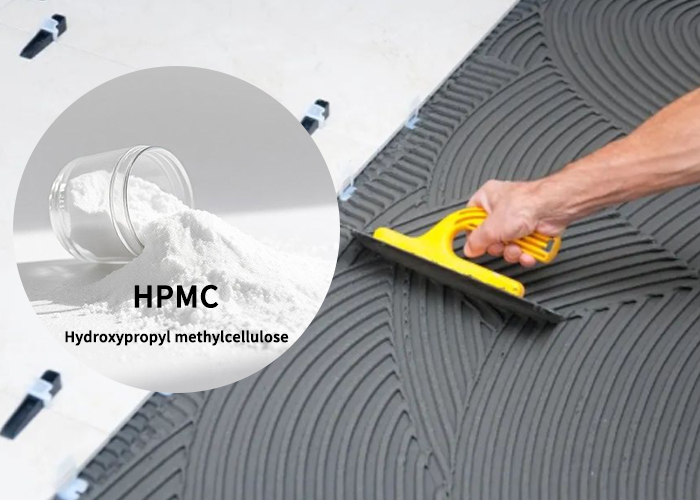Hidroksipropil Metilselüloz (HPMC) nasıl seçilir?
In the vast world of building materials, hydroxypropyl methylcellulose (HPMC) is a key player. Especially for construction-grade HPMC, its performance directly affects the quality of the construction project and is also related to whether the construction is smooth. There are many such products on the market. How can you pick the one that best suits your project? Today, I will give you a super detailed selection guide.
Adapt to construction scenes and meet diverse needs
The construction industry includes a variety of subdivided scenes, and different scenes have different requirements for HPMC .
For example, when making putty powder, it must have super strong water retention, so that after the putty is applied, the water evaporates slowly, allowing the cement to fully react with water, enhancing the adhesion of the putty and the wall, and avoiding the headaches of cracking and hollowing. At the same time, its good thickening property can also make the putty have a suitable viscosity, so that it will not flow during construction, and it is easy to scrape, greatly improving the construction efficiency, and the wall flatness is more guaranteed.
If used in tile adhesive, in addition to water retention and thickening, it must also have excellent bonding properties, so as to ensure that the tiles are firmly attached and can withstand daily wear and tear and the test of various environments.
In the exterior wall insulation system, it must be able to improve the workability of the insulation material, so that the insulation layer and the wall fit tightly, improve the insulation effect, and make the entire system more stable. Therefore, clarifying the specific construction scenarios and needs is the first step in selecting products.
Keep an eye on core indicators to ensure product quality
Precise viscosity matching Viscosity is a key indicator of architectural grade HPMC. Generally speaking, products with high viscosity have better thickening effects. Materials such as thick building coatings and self-leveling mortars require high-viscosity products to prevent material precipitation and stratification, and ensure that the materials are uniform and stable during construction. However, high viscosity also has a small disadvantage, which is that it may affect the dissolution rate. If in some scenarios where the construction speed is very high and rapid stirring and dissolution are required, such as on-site mixing of masonry mortar, low-viscosity products are more suitable. Everyone has to choose according to the actual construction process and material properties.
The degree of substitution and methoxy content are compatible. The degree of substitution reflects the degree of substitution of cellulose molecules, while the methoxy content affects the performance of the product. In construction applications, products with a degree of substitution of 1.4 - 1.8 and a methoxy content of 20% - 24% are more commonly used.
By paying attention to these core indicators, you can better choose hydroxypropyl methylcellulose HPMC products that meet project needs and ensure project quality and construction efficiency. Choose the right hydroxypropyl methylcellulose HPMC to protect your construction project!
